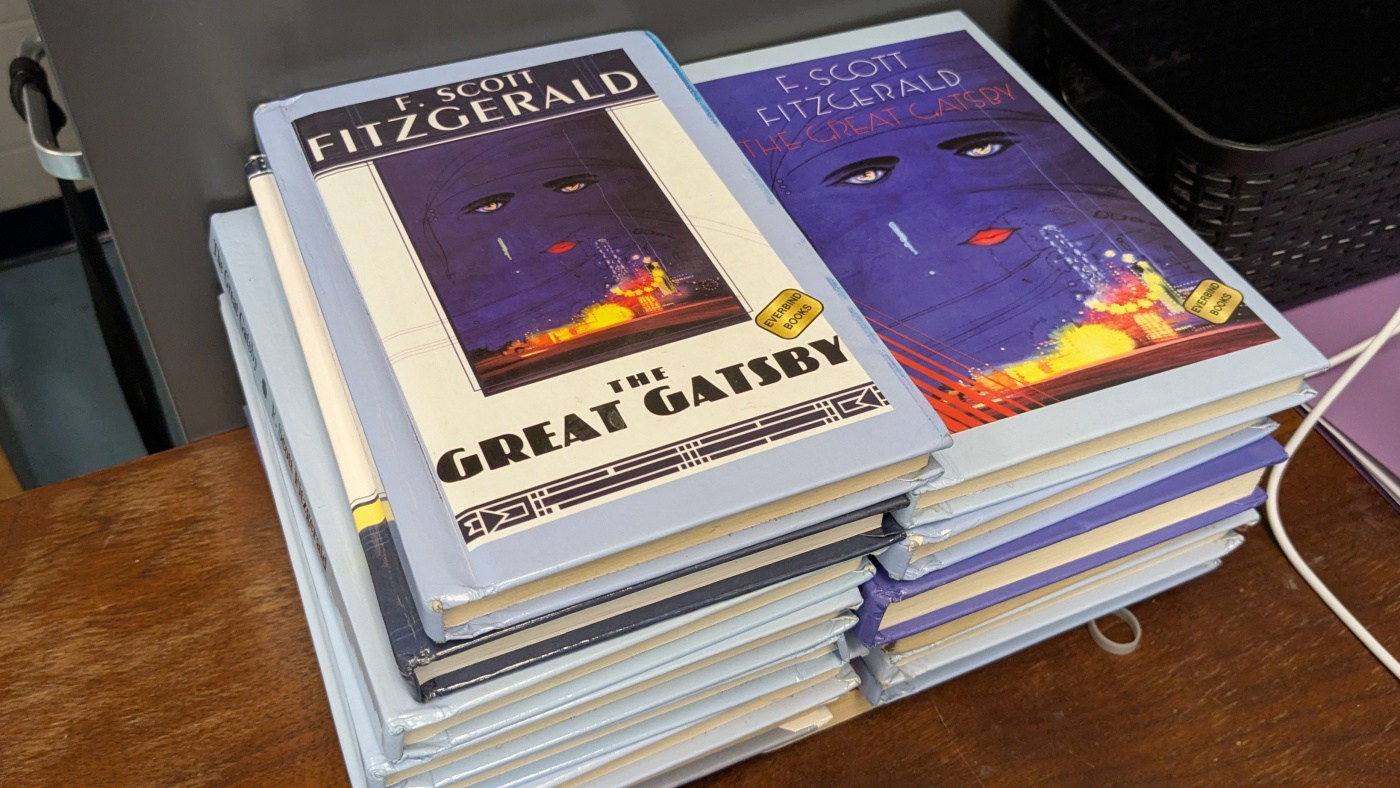The Timeless Appeal of The Great Gatsby in Modern Classrooms
Over a century since its publication, F. Scott Fitzgerald’s The Great Gatsby remains a significant fixture in high school literature syllabi. The novel continues to spark interest and ignite discussions among students, proving its enduring relevance.
At Hayfield Secondary School in Alexandria, Virginia, AP English Literature teacher Brian Hannon employs a unique approach to teaching The Great Gatsby. After collecting his students’ phones, he sets them an intriguing assignment: compare and contrast the themes and symbols of The Great Gatsby and the 2019 film Parasite, directed by Bong Joon Ho.
Both narratives explore themes of class disparity and social mobility. To assist his students, Hannon introduces them to “The Great Gatsby Curve,” a concept from a report by the Obama White House that illustrates the challenges of economic mobility in countries like the United States.
“Gatsby is one of those books that still holds a presence because of its thematic similarities to what’s going on today, in terms of the economy,” said Hannon. He noted that many students make these connections independently.
While discussions on wealth inequality surface among students, the novel’s interpersonal dramas capture their attention. Senior Grace Varughese described the book’s progression from slow character introductions to a gripping climax involving a car crash and Jay Gatsby’s demise, saying, “And so it was kind of like, ‘hey, I’m dozing off.’ Then all of a sudden, you’re just wide awake again with everything that’s happening in the book.”
Echoing this sentiment, Amy Goldman, an AP Language teacher at River City High School in West Sacramento, California, observed that her students are more intrigued by the novel’s romantic elements and interpersonal tensions.
Goldman, who has taught The Great Gatsby for nearly 20 years, notes that while student reactions have remained consistent, fewer educators are choosing to teach the novel in favor of works by female authors or authors of color.
Despite this trend, Goldman emphasizes the educational value of Fitzgerald’s work, particularly in teaching writing structure and syntax. She describes the novel as “only 180 pages” and highlights its meticulously organized chapters, underscoring the importance of students recognizing authors’ craft in language and symbolism.
At Hayfield Secondary, as class ends, students like Hamza Naderi and Iris Nijbroek linger to discuss Gatsby’s life and choices, illustrating the novel’s capacity to inspire thoughtful debate. “I’m just saying it’s nice not having to go to the coal mines,” remarked Naderi, sparking a counterpoint from Nijbroek.
These conversations underscore The Great Gatsby‘s lasting impact, not just as a source of entertainment but as a catalyst for critical thinking and discussion among new generations, ensuring its place in the literary canon.






